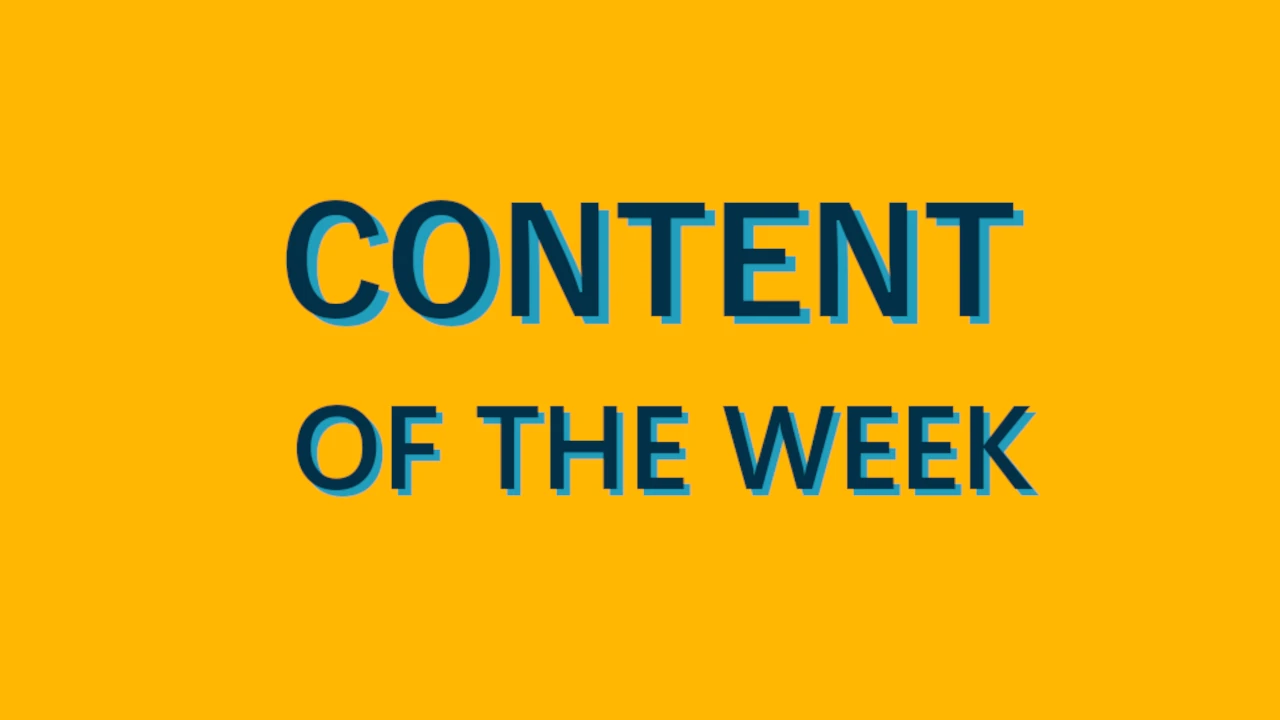Archives have so much stuff. Stuff in cabinets. Stuff in rolling racks. Stuff in card catalogues. Stuff in boxes.
Stuff, basically, that’s pretty hidden away and difficult to show off. There’s only so many photos of manilla envelopes and roller-racking you can post on Instagram.
Which is why I love it when I see an archive show off deliciously: in this case, Buckinghamshire Archives.
It combines a few things – a confident presenter with funny delivery, timing and a riff on the social media microphone.
I like it because I think we can often become paralysed with indecision – how do we choose what to post? How do we tell a story? Do we jump on this trend? Do we need a complicated idea? No, we need to film one person pointing at things, walking around and then edit it together. Probably an hour or two all in.
It’s also interesting because of how it’s performed on different platforms – fairly average on Instagram and Facebook, but kicking off on Bluesky. That reflects I think how Bluesky is rapidly becoming the home of professionals and history nerds – benefiting from the more traditional social graph (where people find content through who they follow).
The struggle is how to penetrate the interest graph used by Instagram and TikTok, based more on who finishes your content and engages with it. In this case it’s building your case to the algorithm post by post. The algorithm isn’t won in a day or with one post, it’s a constant chipping away to prove that your content is worth serving to more people.
(If you want to read more about interest/social graphs this is a good article)
What else I’m thinking about
I came across this study on LinkedIn about the use of Google Arts & Culture, by Leo Cao at the University of Texas.
My own experience is that getting on the platform was a lot of effort, both to convince internal stakeholders and also what you had to put in, for not a ton of return. The tools were cool and very often fantastic ways of exploring topics and objects, but in the end it felt like we were doing Google a favour rather than vice versa.
This study, based on interviews with 23 organisations, backs that up.
While institutions were drawn to GA&C’s promise of greater visibility, infrastructural support, and storytelling tools, these benefits were often undermined by limited technical resources, communication breakdowns, and logistical hurdles. Internal dynamics, from institutional memory to internal collaboration, proved to be the most significant factor shaping institutional participation, leading to fragmented and short-lived use of the platform. The kind of infrastructural alignment central to platformization never fully materialized.
Reach out
Interested in what I do and how I can help? Chatting to me is free, and I can work to your budget :)
